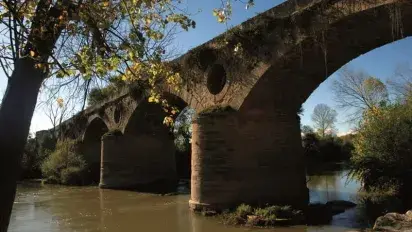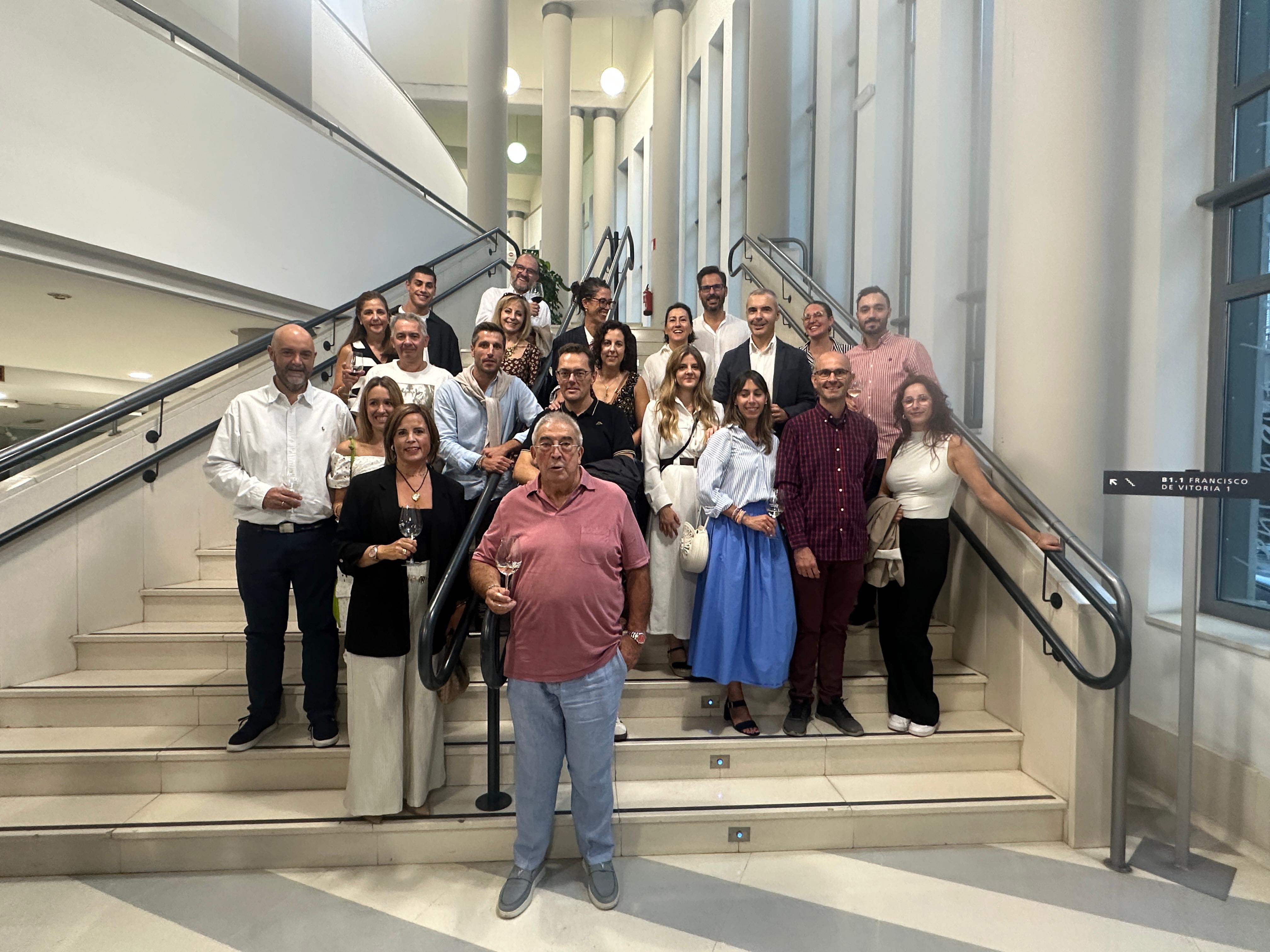Its history is closely linked to the development of the wine trade in Rioja. Until the 1860s, there were only two major crossing points between the shores of Rioja Alavesa and Castillian Rioja: in Logroño and San Vicente de la Sonsierra. Between these spots, countless boats transported people from one shore to the other. But well into the 19th century, these barges were unable to respond to the challenges of progress.
At that time, phylloxera had ravaged France and the demand for Rioja wine grew relentlessly. Wine production in Elciego increased steadily but producers struggled to meet the demand. Transport was the main problem so the village set about to build the first bridge connecting the village wineries with the newly erected train station in Cenicero. It was barely five kilometres away, but half way through the journey the Ebro river had to be crossed
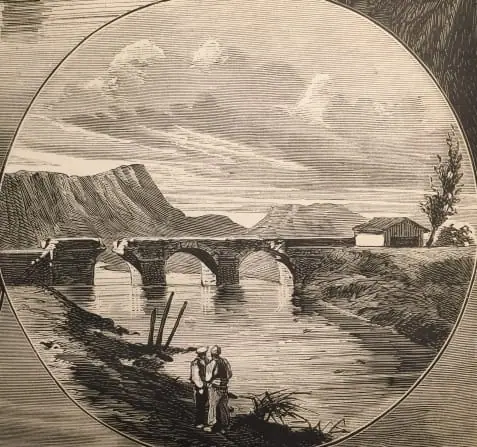
Construction work went on for several years under endless financial difficulties but the bridge was finally opened on July 8, 1867. Since the early days, it was a toll bridge. The person who handled the payments lived in a small house which is still standing on the Alavesa shore.
Happiness was short-lived: in January 1871, the original bridge collapsed after heavy flooding and it had to be rebuilt. This time round, the regional government (Diputación) and later on the Ministry of War pulled their weight ?the crossing at Elciego became strategically vital with the outbreak of the third Carlist War in 1872. This second bridge, opened in the summer of 1873, was seriously damaged during the conflict and it failed to be fully operative until June 1875. It is the same bridge we know and cross nowadays.

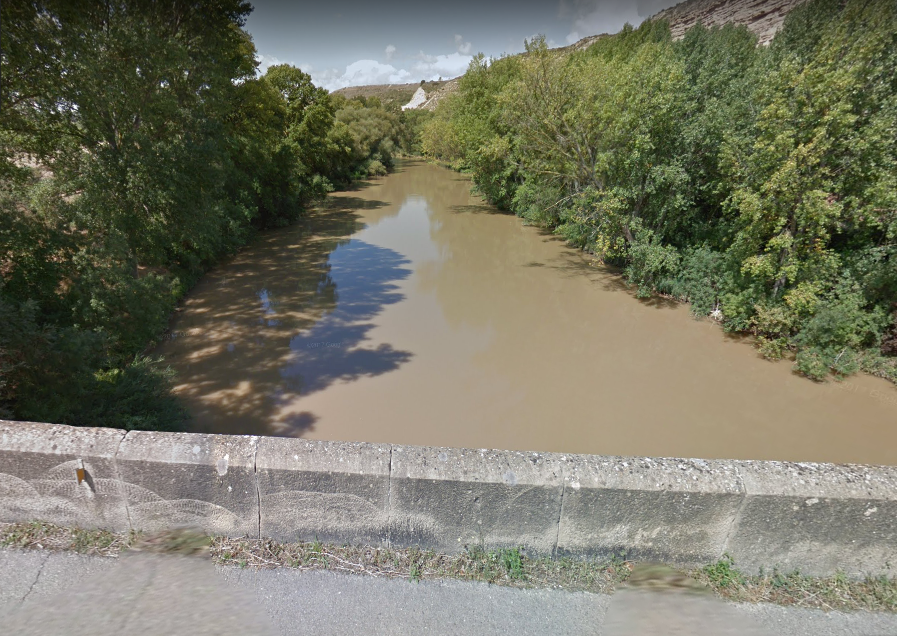
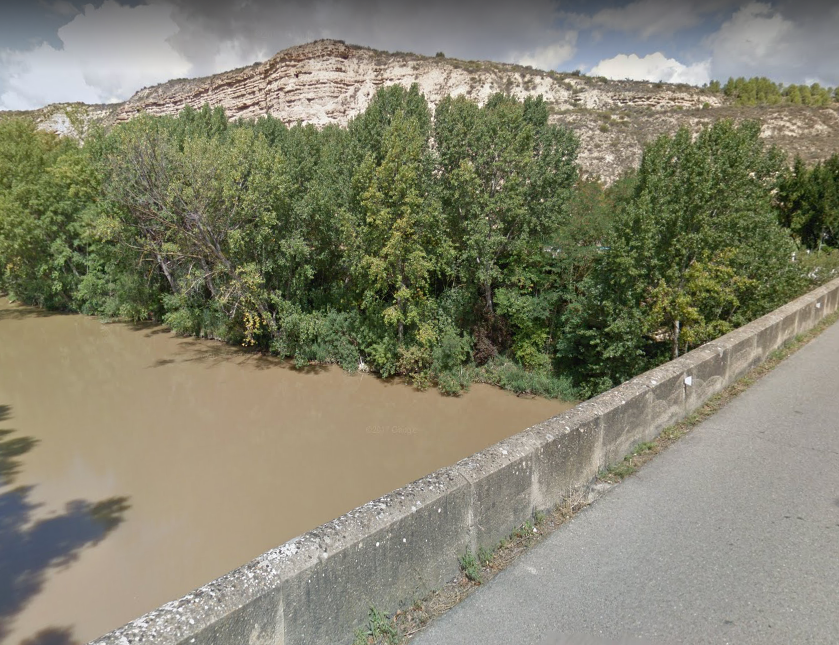 "
"
You may also be interested in:
